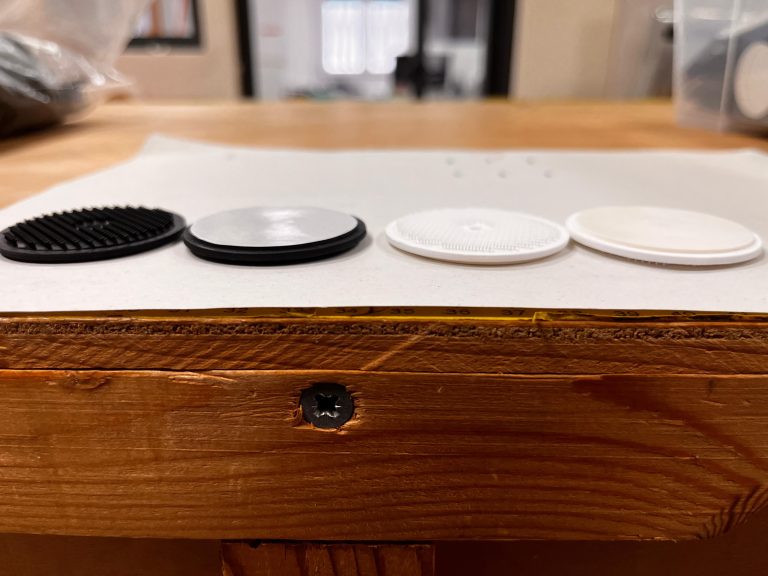Imagine being able to 3D shape inflatable marine sport and leisure products without complex tooling or high start-up costs: the possibilities are endless.
shapewave has developed a technique whereby, instead of stitching the internal structure, a series of ribbons are welded internally to the outer skin of the product.
Current inflatable product manufacturing processes utilize a technique called “drop stitching” to connect two pieces of polyester fabric together binding them in place with a plethora of fine polyester threads. When air is added the threads are pulled tight and a 100% flat surface is achieved (as seen in the image from Red Paddle below).
Instead, using CAD and shapewave’s proprietary WAM (Web Allocation Module) software, a designer has greater control over the placement and distance of the ribbons between the outer layers meaning shape and form can be integrated into the design.
 Handheld wings and wingsails
Handheld wings and wingsails
shapewave wingsails provide an economical, safe, and rollable alternative to cumbersome and unsafe sail constructions used in modern sail racing. This manufacturing process can create an aerodynamic wingsail around internal objects such as inflatable structural beams and prevent the outer membranes from bulging outwards on unsupported areas.
Alos, built with shapewave welding technology, handheld wings such as those used in Foil Boarding can finally have an optimised aerodynamic profile and an enhanced stiffness but retain the same construction weight as existing Leading Edge Inflated (LEI) wing constructions.
Other examples of where shapewave is applicable in the marine leisure industry include rib hulls, canoes, kayaks, towables, surf boards, SUP Boards, foil boards, biminis, lifebuoys, awnings, dinghies, cushioning, rescue products and rafts.










